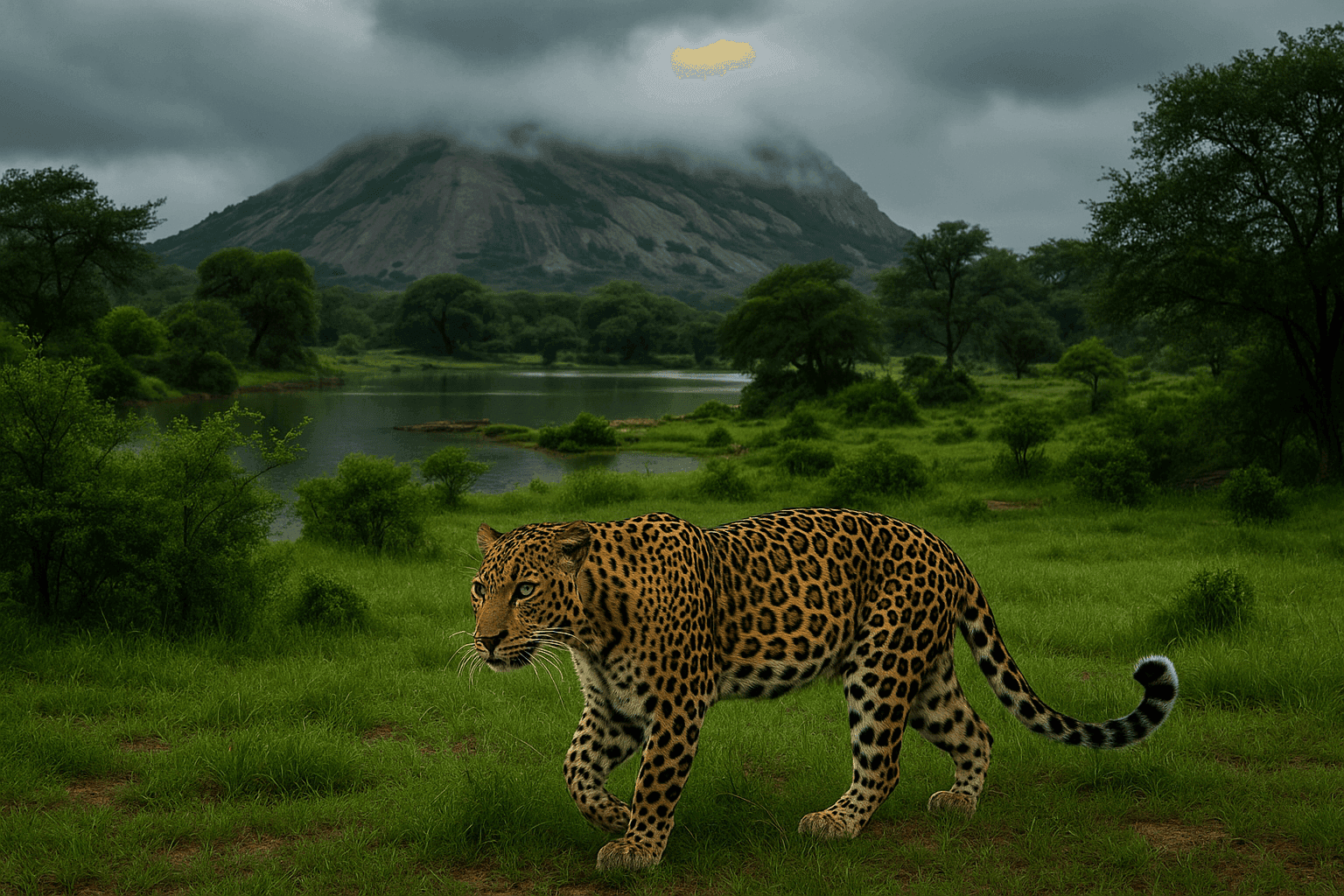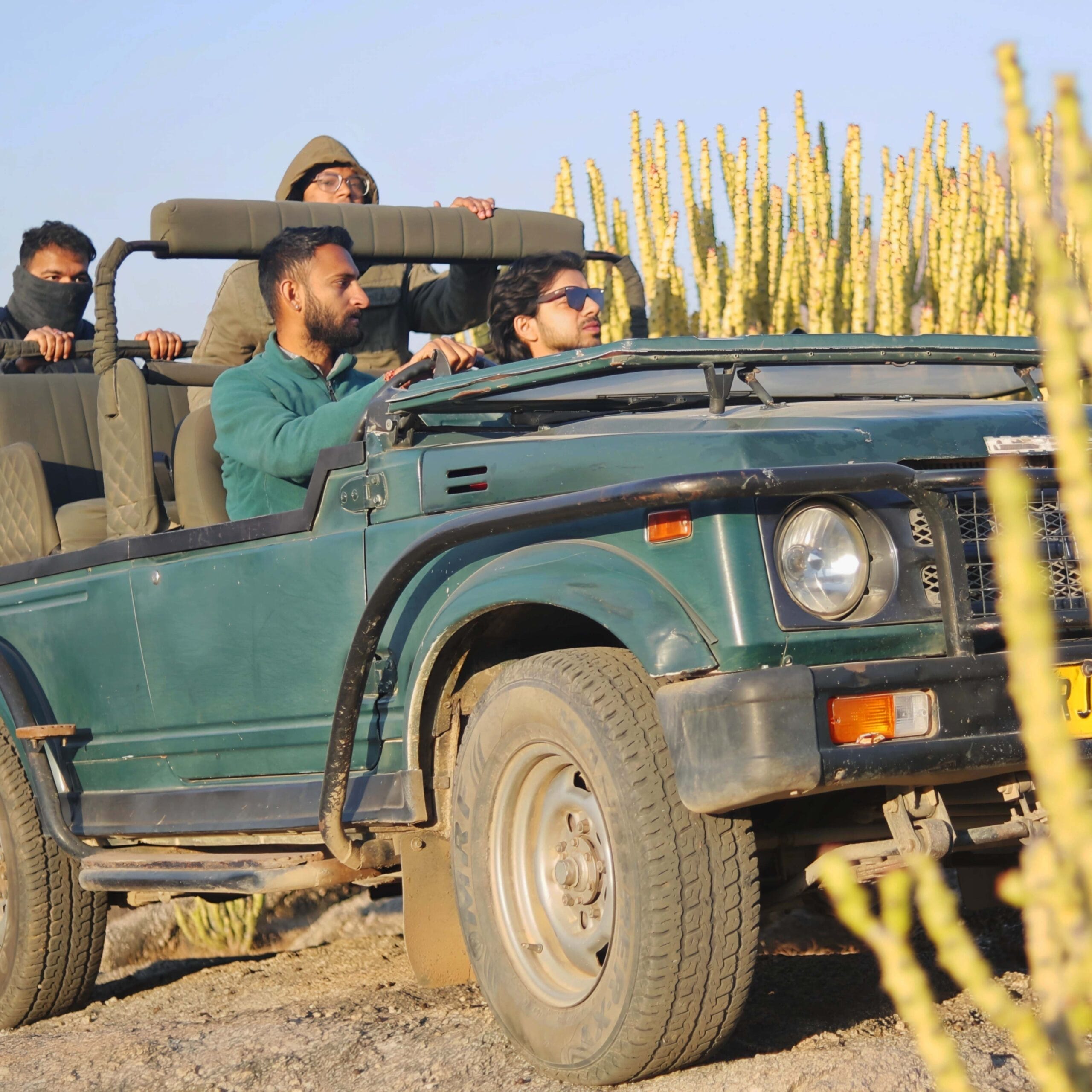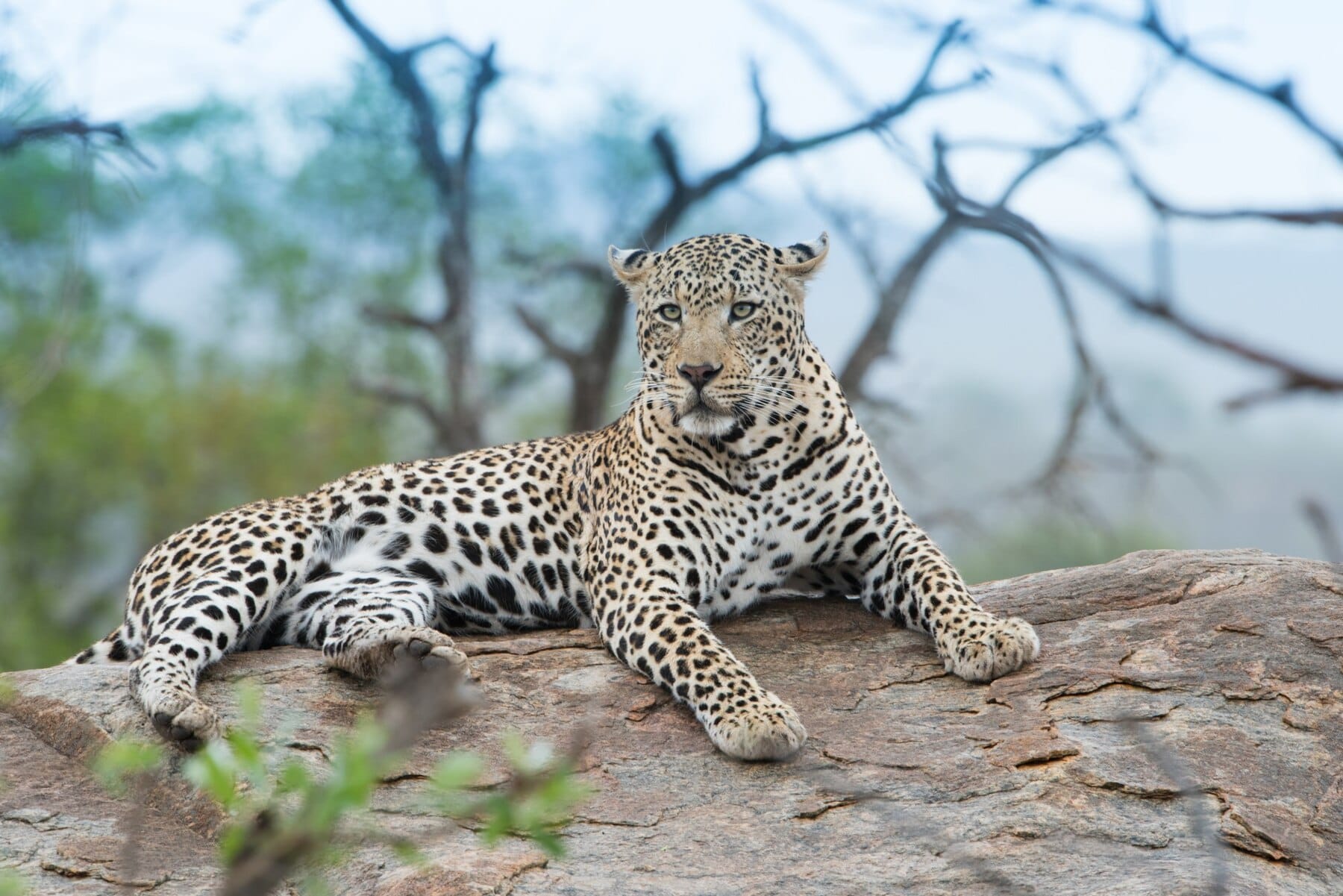The Untouched Wilderness Transformed
Jawai, the rugged leopard capital of India, is best known for its rocky hills and elusive big cats. But come monsoon, and this rugged wilderness transforms into a lush, green sanctuary. The dramatic shift in the landscape, mist-covered hills, and vibrant wildlife activity during the rains make it a surreal experience for nature lovers, wildlife photographers, and peace seekers alike. If you’ve only considered Jawai during winter, it’s time to rethink — monsoon might just be the best-kept secret.
1. Monsoon Magic: How the Landscape Comes Alive
When the first drops of rain kiss the dusty trails of Jawai, everything changes. Brown becomes green. Dry becomes vibrant. The once-arid hills of granite burst into life, with fresh grass, wildflowers, and water streams breathing energy into the ecosystem. The air smells clean, the skies stay dramatic, and the natural beauty reaches a whole new level.
This isn’t the Jawai people expect — and that’s exactly why monsoon offers a more intimate, almost spiritual version of the wild.
2. Are Leopards Still Visible During Monsoon?
Absolutely — and even more photogenic! Leopards in Jawai are territorial and active year-round. While they may sometimes take shelter during heavy downpours, their movement resumes quickly as the skies clear. Early mornings and post-rain evenings often lead to breathtaking sightings: a leopard walking across wet granite, pausing to scan the horizon as clouds float behind.
The contrast of a leopard’s golden coat against the lush green backdrop makes monsoon safaris a visual treat, especially for wildlife photographers.
3. Wildlife Beyond Leopards: What Else You’ll See
While leopards are the main attraction, monsoon unlocks the full spectrum of Jawai’s biodiversity:
- Birds: Kingfishers, peacocks dancing in the rain, migratory water birds near the dam.
- Reptiles & Amphibians: Frogs, snakes, and monitor lizards are more active.
- Crocodiles: Sightings near Jawai Bandh become common, especially after the rains.
- Mammals: Nilgai, jackals, and foxes come out for grazing during cooler hours.
Jawai in monsoon is alive — and if you’re patient, it rewards you richly.
4. Advantages of Visiting Jawai During Monsoon
If you love nature with minimal crowds and maximum depth, this is your time.
- Less Tourist Rush: Unlike winter, monsoon sees fewer visitors. Perfect for quiet, private safaris.
- Better Pricing: Resorts and safaris often offer off-season deals.
- Weather Delight: The temperature is pleasant — no scorching heat, no freezing cold.
- Unique Photo Opportunities: Misty mornings, lush backgrounds, dramatic skies.
For travelers seeking solitude and authentic wild moments, monsoon Jawai is gold.
5. Things to Keep in Mind While Visiting in Monsoon
- Roads Can Be Slippery: Some areas may be inaccessible due to mud.
- Carry Rain Gear: Waterproof jackets, covers for camera equipment, and extra clothes.
- Book Private Gypsies: Shared options may not be as comfortable if it rains.
- Respect Nature: Don’t insist on forced off-roading if conditions are not ideal — the wildlife will still find you.
6. Tips for Monsoon Wildlife Photography in Jawai
- Early Morning Safaris = Best Light
- Protect Your Gear: Use dry bags and rain covers
- Focus on Contrasts: Leopard + green + mist = magic
- Capture More Than Cats: Show the emotion of monsoon — flowing water, birds shaking off the rain, etc.
7. Final Thoughts: Monsoon Is Jawai’s Soul, Not Its Off-Season
While most travelers flock to Jawai in winter, those who dare to explore it in monsoon find something deeper — a connection with nature that is raw, rare, and restorative. The leopard may be the highlight, but it’s the sound of raindrops on jungle leaves, the mist hanging low on granite hills, and the peacock’s echo that will stay with you.
If you’ve ever dreamed of escaping into the wild — into a space where time slows down and nature takes center stage — your monsoon safari in Jawai is waiting.
Ready to witness the wild side of Rajasthan? Book your private Jawai Leopard Safari now and secure your front-row seat to nature’s most thrilling show.


